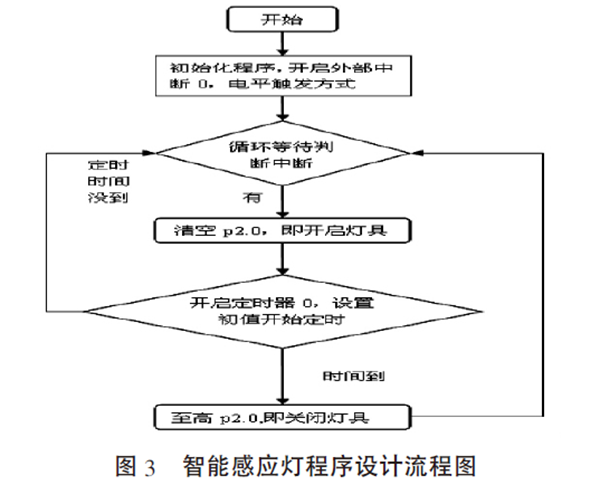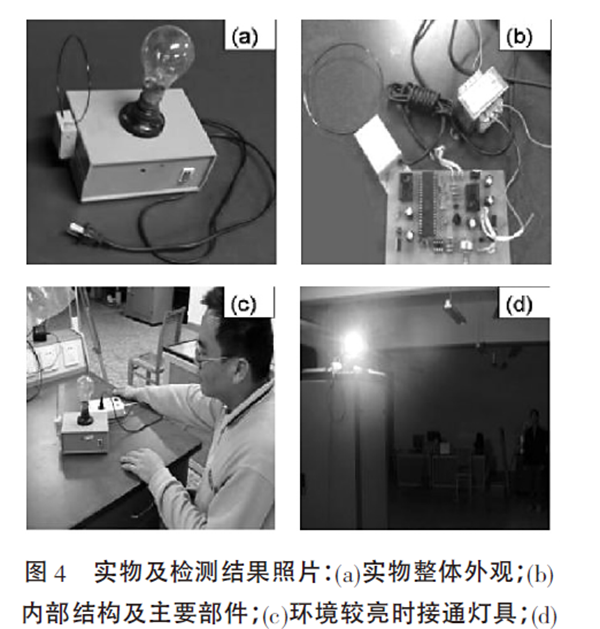- Home >> Solution >> IOT >> smart home
Smart Sensor Light Solution
In today's energy shortage, energy saving has become the main idea of product design. But there was no one on the road in the classroom, and the lights were still on; but when it was suddenly cloudy, windy and rainy, the street lights were not on. The design that not only saves but also can rationally utilize electric energy should be the main goal of product design. At the same time, with the development of lighting fixtures to this day, the development direction has gradually shifted to the stage of low cost and automation. [The various sensor lamps on the market today have basically realized the automatic control function, but there are still some deficiencies. [2-4] For example, proximity sensor lights in corridors can only be turned on after walking in, and the effective sensing distance is too short; infrared automatic sensor lights are affected by the infrared emission angle and cannot be formed in a large range. Effective sensing space.
Smart Sensor Light Design
According to the above analysis, plan 2) is proposed to realize the reasonable and effective utilization of electric energy in large-scale spaces such as classrooms and roads. Figure 1 is a schematic diagram of the correspondingly designed induction lamp system. When the surrounding environment is bright, the power supply of the lamp is cut off, and the lamp is in the extinguished state; when the surrounding environment is dark, it is judged whether there are people around, and the lamp is turned on if there is someone, otherwise the lamp is in the extinguished state. According to the schematic diagram of the work, the following design ideas are specifically drawn up: use photoresistors and microwave sensors to collect brightness and signals of presence and absence, and use single-chip microcomputers to intelligently control the lighting and duration of lamps. The realization of this idea is divided into two parts: circuit and program design. The circuit part mainly realizes the judgment of the environment, and the program design part mainly realizes the lighting and duration control of lamps.

2.1 Intelligent sensor light circuit part

As shown in Figure 2, the circuit part mainly includes four modules, and the main components and parameters of each module and the main functions to be realized are described in the figure.
2.2 Intelligent sensor lamp program part
The data acquisition and processing module of the circuit part uses a single-chip microcomputer to intelligently control the state of the lamp. The pre-intelligent sensor lamp realizes the working process shown in Figure 1, and the program design in the single-chip microcomputer is written according to the flow chart shown in Figure 3. Among them: the software control part uses external interrupts to judge the microwave signal [8], and the length of the lighting time of the lamp is controlled by a timer.

Description: Judging the interrupt mode generated by microwave movement: external interrupt 0, level trigger mode; program to keep the light on: timer 0, working mode 1. The delay subroutine used to control the light off; pin setting: P2.0 controls the on state of the sensor light. active low
According to the above analysis ideas, design and manufacture the intelligent induction lamp system.
Physical detection and result evaluation of intelligent sensor lights
The physical object and effect detection are shown in Figure 4. Figure 4-(a) and (b) are physical pictures, and Figure 4-(c) and (d) are effect test pictures. Figure 4-(a) is a photo of the overall appearance of the object, and the circuit board and lamps are packaged for aesthetics. The ring on the side and the small box connected to it are microwave sensors, the red switch button is the main switch, and the circuit board is inside it. Figure 4-(b) is the photo of the internal structure and main components. Figure 4-(c) shows the situation of turning on the lamp when the environment is bright (illuminance greater than 10Lux), the main switch has been turned on, and the microwave sensor has sensed the presence of people (the sensor signal light becomes bright and flashes), but because the environment is bright enough, The light bulb is still in the extinguished state, so that the state of the light can be reasonably controlled to achieve the effect of energy saving. Figure 4- (d) shows the situation of turning on the lamp when the environment is very dark (illuminance is less than 10Lux), the microwave sensor senses the presence of people, the photoresistor also detects that the environment is very dark, and the bulb is turned on in time. At the same time, we conducted a simple test on the main performance parameters of the smart sensor light system we made.

Summarize
The case focuses on the waste of electric energy and unreasonable use of lighting fixtures in public places such as classrooms and roads today when energy is scarce. Using single-chip microcomputers and microwave sensors, etc., an intelligent sensor lamp is designed and produced. It solves the problem of large-scale space induction, and realizes the saving and rational utilization of electric energy.
- TOP
